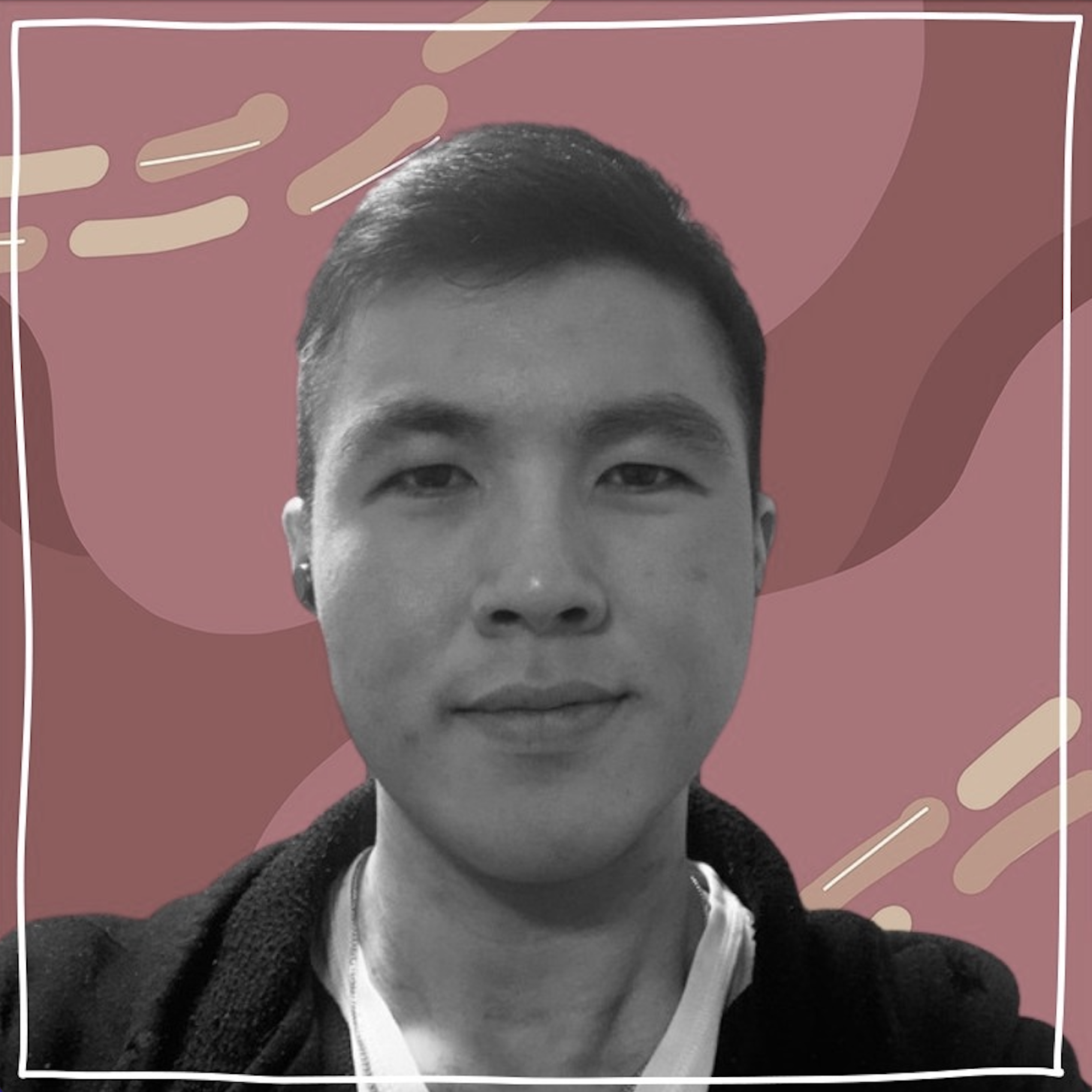‘learn to associate them with a positive experience’ – Atomic Habits, Chapter 10 Notes
Posted on: July 3, 2022
Post Category: Book Notes

About #onepageonepoint
#onepageonepoint aims to summarise new ideas from books on personal and professional development – with (approximately) one point for each page. Read more about this project here.
Today for #onepageonepoint, we have summary notes for Atomic Habits – for chapter 10 – ‘How to Find and Fix the Causes of Your Bad Habits’.
If you are interested in getting yourself a copy or learning more about the book, click here.
Chapter 10: How to Find and Fix the Causes of Your Bad Habits
- You can make a habit more difficult by inverting the 2nd law of behaviour change: make it unattractive.
- Every behaviour has a surface level craving and a deeper underlying motive – a craving is just a specific manifestation of a deeper underlying motive, but at a deeper level, we want to reduce uncertainty and relieve anxiety, win social acceptance and approval, or to achieve status.
- Our habits are modern-day solutions to ancient desires e.g. using Tinder as a way to find love and reproduce, using Facebook to connect and bond with others.
- ‘Your current habits are not necessarily the best way to solve the problems you face; they are just methods you have learned to use. Once you associate a solution with the problem you need to solve, you keep coming back to it’ (Clear 2018, p. 128).
- Every time you perceive a cue, your brain makes a prediction about what to do in the next moment, and this prediction leads to a feeling or craving – a desire, urge. For example, when you notice a hot stove, you predict that you will get burned if you touch it, so you don’t touch it.
- ‘A craving is the sense that something is missing. It is a desire to change your internal state’ (Clear 2018, p. 129). For example, you may go through social media and eat junk food because you desire relief or distraction from your anxiety.
- Emotions and feelings tell us whether to hold steady in our current state or (make a decision) to make a change.
- Habits are attractive when we associate them with positive feelings, so we can make hard habits more attractive if we learn to associate them with positive experiences.
- One simple mindset shift to accomplish this is to replace “have” to “get” in your internal dialogue e.g. I get to wake up early for work, I get to cook dinner for the family.
- Another way is to highlight the benefits rather than drawbacks of habits/activities e.g. when meditating, instead of thinking distractions are bad, treat distractions as a good thing that help you practice meditation.
- Another way is to create a motivation ritual before a difficult habit, which allows you to associate your habits with something you enjoy and use that as a cue to motivate you. For example, listening to enjoyable music before you study or do deep work, having a pregame ritual before a competitive sporting match.
If you are interested in getting yourself a copy or learn more about the book, click here.
Interested in reading more? See my notes for Chapter 11.

About the author
Jason Khu is the creator of Data & Development Deep Dives and currently a Data Analyst at Quantium.